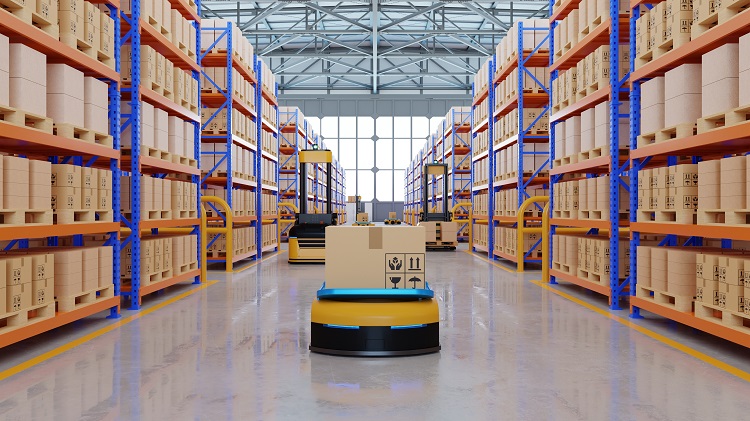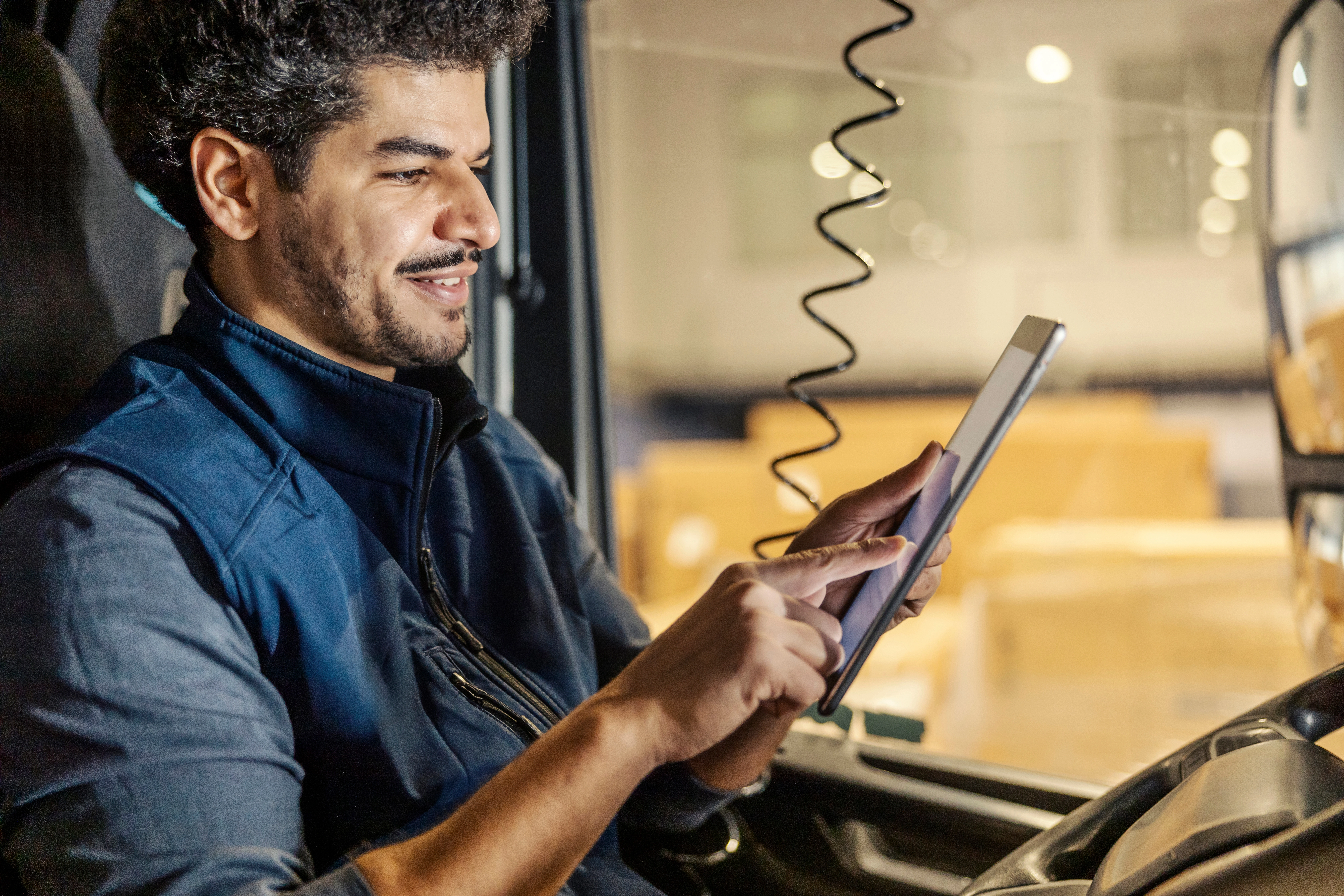Interview with Jay from Clearpath: The State of AMR/AGV

We interviewed Jay Judkowitz on autonomous guided vehicles and autonomous robots. Jay is the VP of Product, OTTO Motors, a division of Clearpath Robotics. Jay is a veteran product leader with long tenures at software platform companies such as VMware and Google Cloud. Jay spent 21 years in Silicon Valley before moving to Kitchener, Ontario in 2017. He is passionate about how technology can improve people's lives and is excited to be in the autonomous robot space so that we can eliminate dull, dirty, and dangerous work and make manufacturing more cost-effective worldwide.
What are AGVs and AMRs, and what are the key differences?
AGV stands for “automated guided vehicle.” Guided is the important word here, as the vehicle is guided along fixed lines either by external infrastructure, such as magnetic tape on the floor, or by specific paths defined in a software tool. AGVs follow the guides to move materials from one end to the other without the need for a human driver. This is very reliable and precise, as the vehicle follows the guide exactly, but it is inflexible. If an obstacle is placed in its path, the AGV will stop and wait for the obstacle to be removed. And if the facility is rearranged, the entire path needs to be reconfigured, which in many cases can include physically moving magnetic tape or wires within the facility.
AMR stands for “autonomous mobile robot.” The key word here is autonomous. An AMR makes its own decisions on how and where to drive to complete its mission. AMRs use technology like simultaneous localization and mapping (SLAM) to build a map of the facility and understand where on the map it is located. Facility operators add the rules of the road (e.g., speed limits, stop signs, one-way sections, exclusion areas) and then add endpoints and create jobs. The robot is then ready to take a job and execute it. If an AMR comes across an obstacle, it can divert around the obstacle. If a path is completely blocked, the AMR can turn around and take a completely different route.
How are AMRs being implemented in manufacturing?
In manufacturing, AMRs are generally used for material handling. Material handling is a critical activity that can be monotonous, unsafe, and difficult to hire for. Using AMRs to move materials, allows manufacturers to redeploy employees to safer and more fulfilling roles. There are three classes of material handling use cases, and AMRs can do all of them:
- Moving goods to and from people
- Moving goods to and from racks or locations on the floor
- Moving goods to and from automated machinery
Moving goods and materials between other pieces of automation is particularly interesting. Customers spend millions of dollars automating various processes and then depend on manual labor to move material between them. AMRs take these islands of automation and turn them into a network of automation, giving customers end-to-end automation of their manufacturing processes.
Can you touch on the safety features of AMR equipment?
OTTO AMRs and charging systems are designed to meet and exceed the strictest standards. Safety of our customers is our number one priority. We adhere to many safety standards, including ISO 3691-4 (2020), ANSI/RIA R15.08-1 (2020), ISO 13849-1 (2015), ISO 12100 (2010), ANSI B56.5 (2019), IEC 60204-1 (2018), and several others.
In terms of mechanisms, the approach typically used is a safety-rated control system combined with safety-rated lidars. The lidar detects obstacles in the vicinity of the robot, and we either slow down or safety stop the robot to avoid the obstacles. In our case, we also have 3D cameras to help avoid things outside the lidar plane, like overhanging obstacles and low positioned forklift tines. The robot also has manual e-stop buttons in easy reach.
The biggest challenge is to work through the tradeoffs between performance and safety and to push the vehicle to its limits, particularly with turns and pivots, without risk to people in the area. We’ve done a lot of advanced navigation work to be able to safely deliver the highest possible average speed as described here.
What types of industries are you seeing utilize AMRs?
We mostly see AMRs being used in manufacturing, warehousing, and third-party logistics (3PLs). Within manufacturing, we are seeing strong uptake in automotive, tier-one automotive parts, consumer products, food and beverage, and electronics manufacturing.
Are AMRs secure? What cyber threats do you need to worry about and how can you prevent them?
Security is a critical element of AMR software. OTTO AMRs are driven with software running on an embedded Linux computer, so all the best practices and protections from general IT apply to us, and we apply as many best practices, pre-existing subsystems, and standards as we possibly can. We recommend that customers who purchase AMRs do an IT audit of the system to make sure it is fit for mission critical use.
An insurance company that cares about you and insuring the things you wish to be insured.
Get a Quote> Find an Agent>

